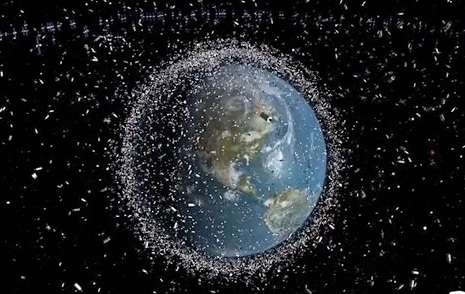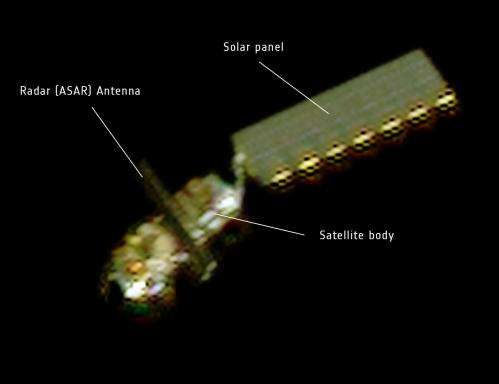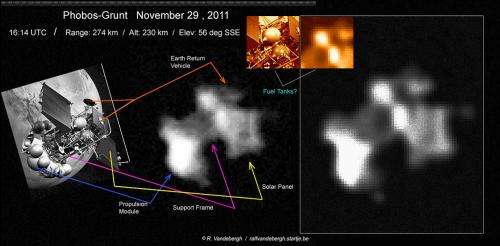Probing satellites' mysterious death tumbling

Down on the ground, death equals stillness – but not in space. Derelict satellites can tumble in unpredictable ways and ESA's team tasked with developing a space salvage mission want to find out why.
In recent years, satellites beginning uncontrolled reentries have been tracked, such as Russia's Phobos-Grunt and Germany's Rosat. In a few cases, satellites suffering unexpected failures in orbit have also been followed, including ESA's Envisat and Japan's ADEOS-II.
In every case, the satellite has been seen to be tumbling – but the reason why remains a mystery.
Similarly, when control of a satellite is temporarily lost, ESA's Operations Centre team in Darmstadt, Germany, are accustomed to fixing the satellite's attitude as a prelude to recovery – helping to better understand the satellite's status.
ESA's Clean Space initiative – tasked with reducing the space industry's environmental impact on Earth and space – is seeking to transform our understanding of how large, dead objects behave in space, encompassing launcher upper stages as well as satellites.
The aim of a new study is to combine detailed computer analysis with a range of ground-based observations, some which have only rarely been tried.

Optical telescopes and ground radar are today's favoured monitoring methods, but the study will also investigate the potential of optical and radar satellites in nearby orbits for space-to-space observations.
Highly accurate laser ranging will also be attempted. A global network of ground stations would bounce lasers off a satellite's retroreflectors – like 'cat's eyes' built into a motorway.
Laser ranging can pin down a satellite's position to within centimetres, but has seldom been attempted on out-of-control objects.
The hope is that sustained observation of particular objects over time will give new insights into the kind of factors influencing attitude changes, and how this motion is likely to change over time.
Meanwhile, specialised simulations will seek to pin down these drivers and develop reliable forecasts of how derelict satellites behave.

The long list of potential perturbations include changes in the satellite's centre of gravity as parts break off, atmospheric drag, the faint but steady push of sunlight, micrometeoroid and debris impacts, internal magnetic fields, outgassing and fuel leaks, exploding batteries and even the sloshing of leftover fuel.
For Clean Space, this study is of more than academic interest. The team is planning a dedicated satellite salvage mission called e.DeOrbit and improving our knowledge of a target's condition will help to fine-tune the design.
Bidders are welcome on the study contract. For more information, check the invitation package, accessible here.
Provided by European Space Agency




















